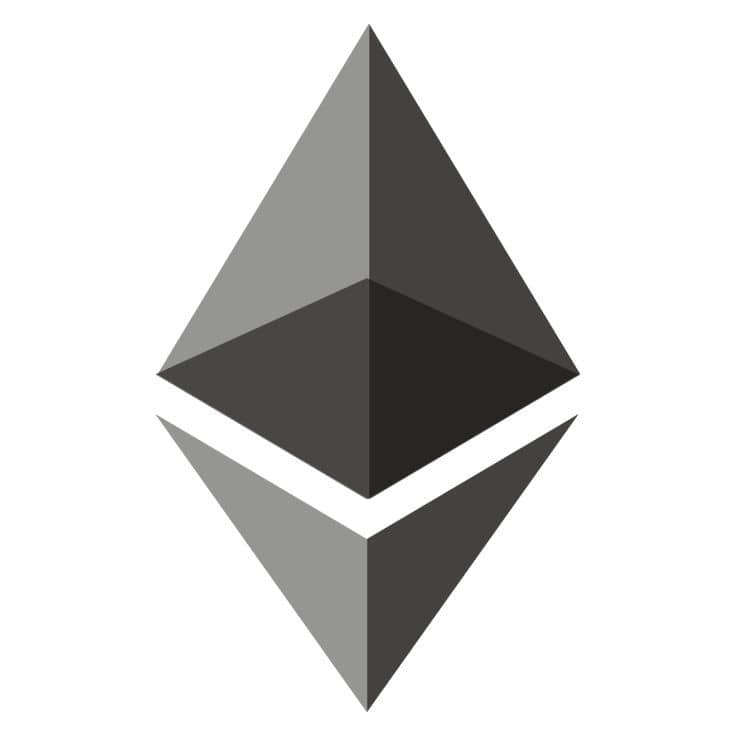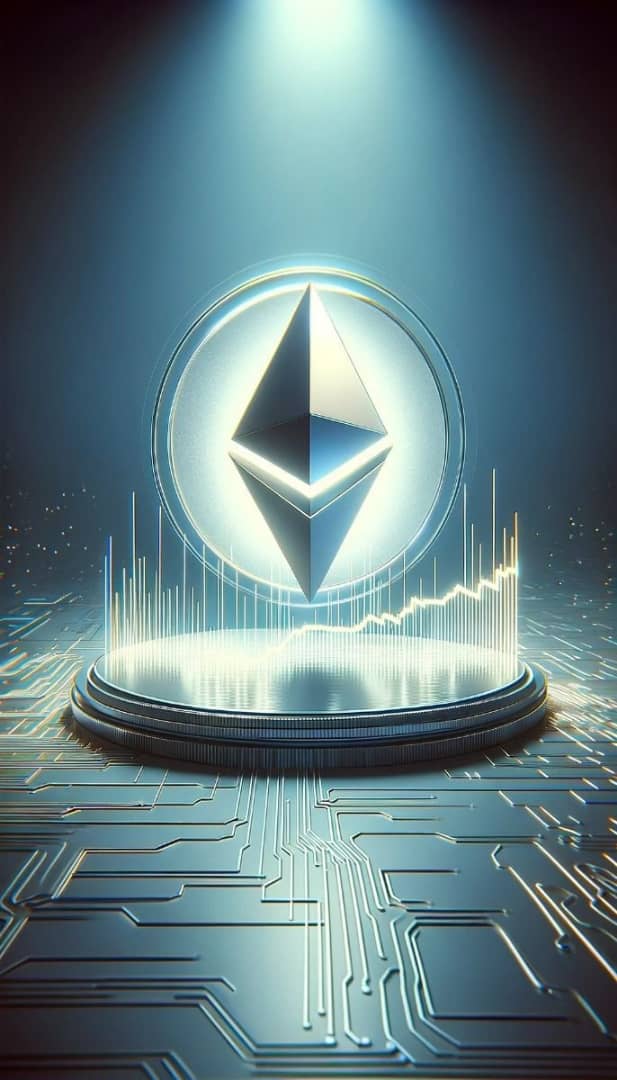Ethereum: The Backbone of Decentralized Innovation
Welcome to your daily crypto knowledge home. Today we will be discussing Ethereum
Ethereum, the brainchild of Vitalik Buterin and others who launched it in 2015; cannot be denied that they made a huge impact on blockchain technology by bringing smart contracts to light which allowed for new decentralized applications (dApps) to emerge as well as growth of decentralized finance with DeFi racing faster than ever. Ethereum, as the second-largest cryptocurrency by market cap still holds a place in Web 3. In a series of posts we will dive into Ethereum, where it came from, what are key features and use cases and look at future prospects.
The Genesis of Ethereum
Ethereum - Born out by Vitalik Buterin, a young programmer who dreamed of creating something better than what Bitcoin had to offer. Bitcoin is a peer-to-peer digital currency, but Ethereum is meant to be much more than that; because it's like having its own internet supporting a ledger of accounts & balances (just imagine Microsoft Excel)!
Smart Contracts - Self-explanatory, Smart contracts take the terms of a contract and instead of having them written down into legal palavers with potential loopholes (like we currently do); they get hard-coded as part of an agreement. The system has also proposed a scaling solution using sidechains like the payment channel that is expected to reduce costs, avoid intermediaries and provide greater transparency.
This is essentially the Ethereum platform itself, or you can consider it as a decentralized computing environment running on nodes that power smart contract (and dapp) execution. It guarantees that all transactions and smart contracts on the Ethereum network are executed uniformly across all nodes.
Key Features of Ethereum include
- Smart Contracts: The smart contracts on Ethereum automate complex agreements that enable many applications in financial services to supply chain management. These contracts are immune to side hacking, they have self-execute instructions and most crux of all these function exactly as programmed.
- Ethereum Standards: ERC-20 and ERC-721 : Ethereum allows creating tokens using basic standards called as ERC -20. ERC-20 is a standard for Ethereum smart contracts that encourages the use of a common list of functions so that other developers can easily incorporate new tokens on the system along with existing ones. ERC-721 is a widely-used standard for NFTs - Non-fungible tokens are unique digital assets that certify ownership of an item in the real world.
- Decentralized Applications (dApps): Ethereum enables developers to build dApps using its decentralized networks where they won't face any censorship and downtime. Decentralized exchanges (DEXs), such as Uniswap, and lending platforms, like Aave are some popular dApps.
Ethereum 2.0 The entire Ethereum system is being migrated and updated by this event in order to ensure the scalability, safety as well sustainability of the network The upgrade changes the current network consensus system (PoW) to PoS and it is also expected to reduce energy requirements, improving transaction throughput.
In fact, Ethereum remains a true juggernaut in the blockchain ecosystem leading innovation and growth with its multimodal platform. Going forward, with the evolution of Ethereum 2.0 and a variety of Layer 2 solutions in place or being developed to address their current shortcomings - meaning they can scale on-chain like Bitcoin Cash without all these crazy hacks that make them unsafe compared to real blockchain platforms where you don't have this garbage happening… so stick around because soon enough more people will see what it means when scaling technology integrates into new systems; namely yours truly ethereum network! If you work as a developer, investor or just follow the latest trends in blockchain technology and Ethereum is an essential knowledge.




